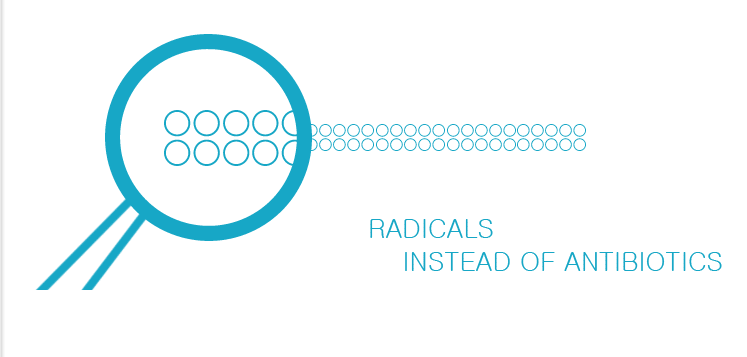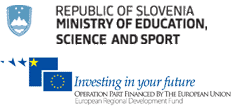



















prof.dr. Janez Ĺ trancar
»New materials have new properties, and with those come new applicative possibilities. However, they always interact with humans and our living environment; that is why
we must ensure they are safe and standardize testing methods to prove they are such.«
janez.strancar@conamaste.si
| ADVANCED BIO MATERIALS | |
||
|
Excited nanomaterials offer new ways of fighting off bacteria, various bio-compatible materials will possibly replace our damaged tissues. How do they react with the human body?
The quest for applicable answers to this question is what the group for development of advanced bioactive, biocompatible and bioinert materials is focusing on.
Such materials offer solutions to numerous medical challenges, especially the ones connected to the eradication of ultra-resistant bacteria. These bacteria manage to find ideal growth conditions on ever-cleaner surfaces in food production and medicine – becoming ever more dangerous. Titanate materials are just one of the several choice materials that produce free radicals when subjected to light. Free radicals kill bacteria, as they affect the microorganisms in such a way that development of resistance is impossible. Keeping surfaces clean with the aid of nanomaterials seems to be the way to go, but before wide-spread application, we need to understand how these materials can get into the human body and how they act there. This group develops new methods of detection and researches interactions between nanomaterials and cells; both in vitro and in vivo. Various biocompatible materials can substitute damaged tissue or build the blueprints for new tissue regeneration. Bioinert ceramics and biodegradable gels are part of this group of materials. In the scope of the Centre of Excellence NAMASTE, we want to understand their biocompatibility and their applicative value.
The group consists of researchers from various research fields and institutions, like Institute Jozef Stefan, Veterinary, Biotechnical and Medical Faculties from University of Ljubljana and companies
like Nanotul, Panvita, and indirectly Educell.
|

|
||
Partners:


Intranet entrance |
|
 |
||||||||||||||
